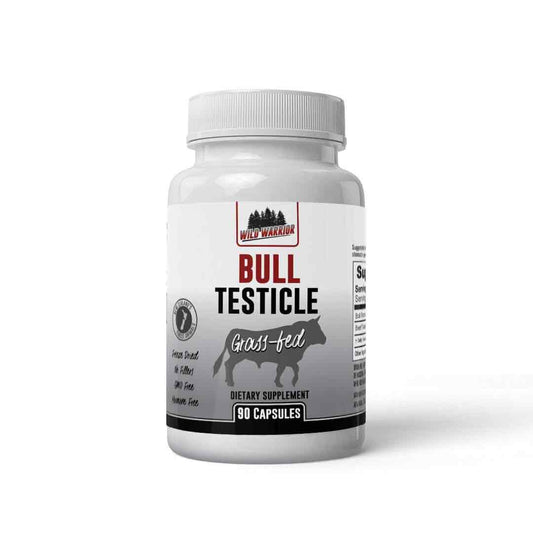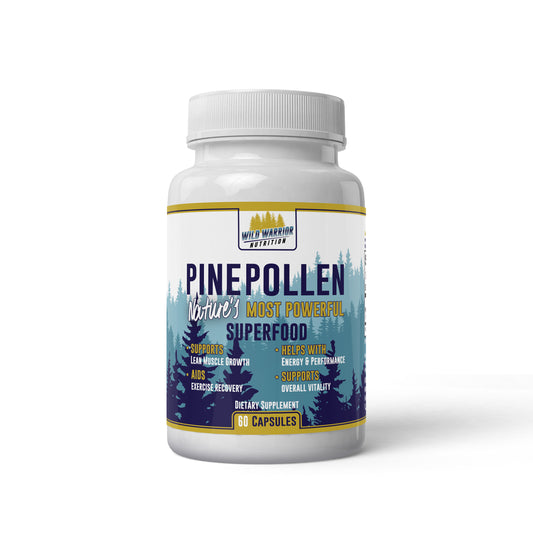If your goal is muscle growth, then a well planned workout routine and certain daily habits are essential. You can spend hours at the gym, but without a well-planned approach, your efforts will likely not yield the desired results. Here's how to optimize your workout routine for maximum muscle growth.
Understand the Basics of Muscle Growth
Muscle growth, or hypertrophy, occurs when the fibers of the muscles sustain damage or injury. This damage sends a strong repair signal to the body and it repairs the damaged fibers and attempts to make them stronger for future needs, which increases the mass and size of the muscles. This process is influenced by a variety of factors, including genetics, nutrition, and the intensity of training regimen you follow.
How to Optimize Your Workout Routine for Muscle Growth
1. Progressive Overload
One of the most important aspects of muscle growth is progressive overload, which involves gradually increasing the amount of weight, time under tension, or other measure of volume over time.
The increase in demand tells your body that it faces greater demand, and your body's natural reaction will be to increase the size and endurance of your muscles.
Without ever increasing or changing demands, the body will think it is sufficiently prepared for life's challenges. Remember, the biggest key to muscle growth is progression and increasing demands incrementally over time.
Every time you workout, try to increase the weight of each exercise or the number of sets and reps completed. This can also be done by slowing down your rep speed and focusing on performing sets for time, rather than a specified number of repetitions.
2. Compound Exercises
Compound exercises, such as squats, deadlifts, and bench presses, work multiple muscle groups at once and are highly effective for building muscle mass. They also stimulate the production of anabolic hormones, which aid in muscle growth.
Isolation exercises are fine for stimulating specific muscles, but if the goal is to send the biggest growth signal possible, then you should focus on exercises that place the greatest demand on the body.
3. Proper Nutrition
Your diet plays a significant role in muscle growth. Pay special attention to how much protein you are consuming, as this is essential for muscle repair and growth. Needs vary, but a good rule of thumb is to try and get 1 gram per desired body weight.
This is a basic guide and not a hard and fast rule, but is definitely essential. Focusing on protein consumption also helps to reduce consumption of empty calories that can lead to weight gain.
Carbohydrates are essential for hormone production and energy, so do not abandon them entirely. If you are worried about weight gain, get your carbs from fruits and vegetables instead of grains.
4. Rest and Recovery
It is important to point out that muscles only grow when you're sleeping, not while you're working out. The gym sends the signal, but your bed is where muscles are repaired.
Therefore, we can't stress enough how important adequate sleep and rest days are. Do not fall into the trap of believing you need to be in the gym 7 days a week for 2 hours. That will likely destroy your nervous and immune systems.
This is especially true for those over 35. As you age your body needs more time to repair between workouts, or you risk negative results, injury, illness, etc.
Aim for 7-9 hours of sleep per night and schedule at least two rest days per week where you limit physical activity. This will allow your muscles time to recover and grow.
5. Consistency
This one is obvious, but you have to be consistent to experience noticeable muscle growth. Find a trainer or program you like and stick to it for at least 6-8 weeks. Consistent training stimulates your muscles regularly, promoting continuous growth.
As mentioned above, working out consistently is not enough, you also have to steadily increase weight, volume, or time under tension to really see outsized gains.
6. Supplement Strategically
Supplements can aid in muscle growth and recovery. Whey protein, creatine, pine pollen, orchic, and branched-chain amino acids (BCAAs) are popular choices for supplying hormonal signals and the building blocks of muscle.
However, they should not replace a balanced diet, but rather supplement it.
In conclusion, optimizing your workout routine for muscle growth involves understanding the basic principles of hypertrophy, employing progressive overload, focusing on compound exercises, consuming a balanced diet, getting adequate rest, and maintaining consistency. With these strategies, you'll be on your way to achieving your muscle growth goals.
Remember, everyone's body responds differently to exercise and the genetic potential to pack on muscle varies greatly, so what works for someone else might not work for you. Listen to your body, adjust your routine as needed, and consider seeking advice from a fitness professional to ensure your approach is safe and effective.
Resources
-
How does muscle grow?
-
The Importance of Rest and Recovery for Athletes






